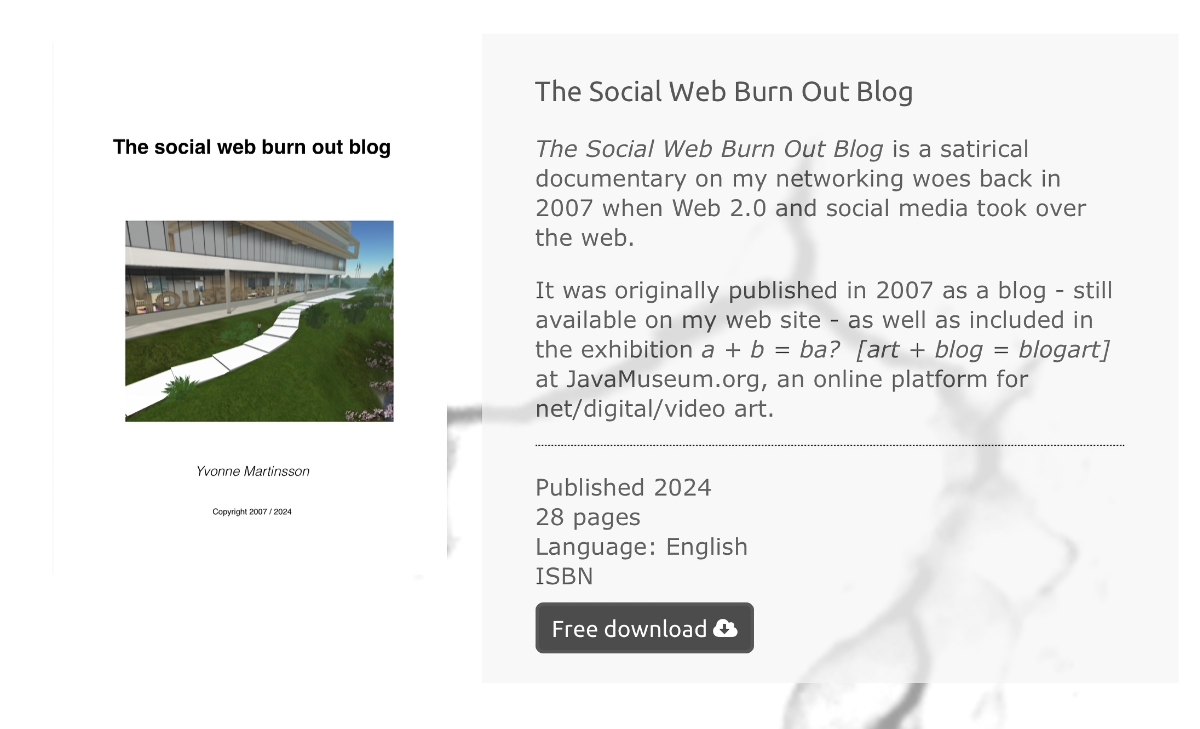the interface as excess
The computer screen is the interface where text meets art and film meets literature. This interface is an excess, you could say, a surplus of individual or collective yet heterogenous input, a hyperdimension mapped out by four vectors: art, literature, film and the text of programming. A hyperdimension that is an art of its own.
The polysemy of the prefix hyper- invites to an array of definitions.
$hyper = $_GET DEFINITION(‘hyper’);
switch ($hyper) { case 1: slang = ‘overexcited’;
case 2: etymology = ‘over, above, in excess, too much’;
case 3: computing = ‘hypertext, coined by Nelson 1963 after its maths sense’;
case 4: maths = ‘hyperspace, four-dimensional real vector space, Minkowski’s space’;
cultural theory = ‘hyperreality, faith in fakes, one-dimensional space, simulacra, Baudrillard, Eco’;
case 6: information technology =’hypertext marked-up language (html), a browser’s source code’;
}
echo $hyper
In information technology everything is made of language, the language of programming and of code, even the images we see and the sounds we hear are texts, even the applications that implement those images and sounds are text. So when talking about a hyperdimension that is an art of its own, we are actually talking about text in its broadest possible sense. In a digital world everything is literally text.
Like calligraphy, code and programming language is neutral – as long as we don‘t understand it. So is ordinary language. If words and syntax carry no meaning, it is simply gibberish, black dots on a page or pixels on a screen, but once language enters the signifying chain of semantic and semiotic possibilities language ‘means.’ There is nothing natural about language production - it is an acquired skill by means of which users learn to interact with language in more or less complex ways by encoding and decoding the signs at hand, thereby constructing meaning and hence a reading, and ultimately a vision (of the world).
Similarly, code and programming, the language of information technology, needs to enter the signifying chain of language, be it PHP, Javascript or HTML for instance. Paradoxically though, coding and programming for a browser doesn‘t implement on the screen as language but at the level of vision and design. Thus, design – which includes formal aspects such as user interface, scripting, actions and structure – is the content of programming language and design is hence a syntactical element.
It is no wonder that Nelson put such an emphasis on design in his vision of the future for new media – as artists, writers, even software producers we design our future – and even though it is excessive, to the point of utopian, that “it is for the Wholiness of the human spirit, that we must design” I cannot really disagree with Nelson (Computer Lib/Dream Machines, 1974).
Design is vision is also text – the interface where $hyper is designed to encompass, encircle, bring forth a vision. Lack of design, or bad design, is a turn-off.
Sources
Nelson,Ted. Computer Lib/Dream Machine. Chicago, 1974.


